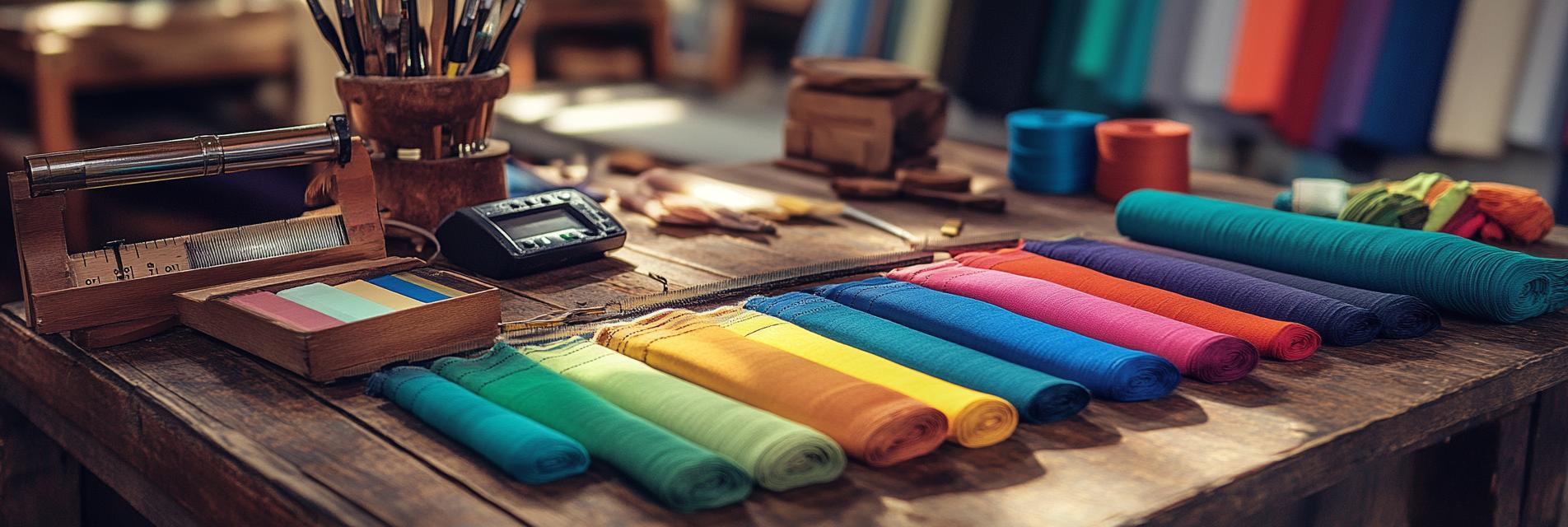In today's textile industry, ensuring the quality of fabrics is essential for production efficiency and customer satisfaction. Oxford fabric, known for its durability and versatility, undergoes a series of dyeing and printing processes that require stringent quality standards. This article delves into the quality inspection standards and testing methods vital for Oxford fabric dyeing and printing.
The primary quality standards for Oxford fabric include colorfastness, dimensional stability, and surface appearance. Colorfastness testing ensures that the dye adheres well and does not fade over time when exposed to washing, light, or rubbing. Dimensional stability evaluates the fabric's ability to maintain its shape and size after laundering. Surface appearance is determined by visual inspection and tactile assessment, ensuring the printed designs are clear and well-defined.
Several testing methods are employed to assess the quality of Oxford fabric. Most notably, AATCC (American Association of Textile Chemists and Colorists) and ISO (International Organization for Standardization) methods are widely recognized. These methods include laboratory testing for colorfastness, tensile strength tests, and laundering tests to simulate real-world conditions. By adhering to these testing methods, manufacturers can ensure that their products meet industry standards.
To achieve optimal results in the dyeing and printing of Oxford fabric, companies should implement best practices in quality assurance. This includes regular training for staff on quality inspection techniques, investing in advanced testing equipment, and maintaining detailed records of all tests conducted. Furthermore, collaborating with certified testing laboratories can enhance the credibility of the inspection results.
In summary, stringent quality standards and robust testing methods are crucial for ensuring the excellence of Oxford fabric dyeing and printing. Staying informed about the latest developments in the textile industry will enable manufacturers to adapt and maintain high-quality production. By prioritizing quality inspection, businesses can secure their reputation and satisfy their customers’ demands.

